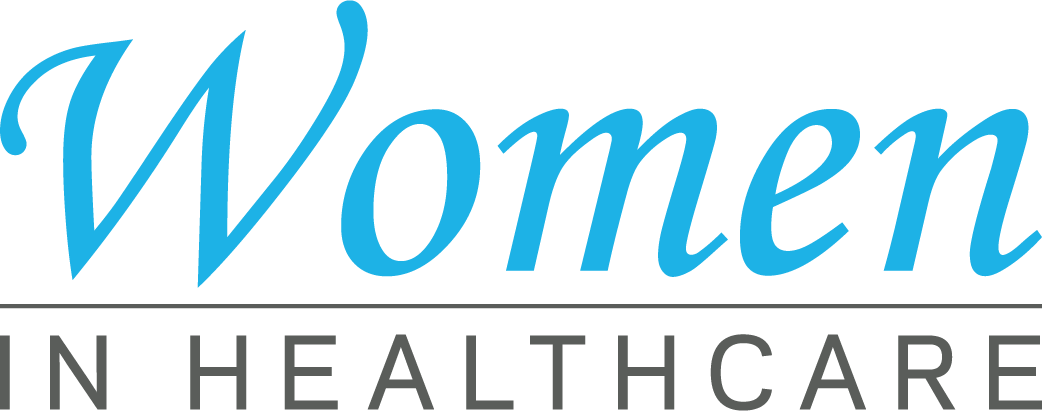Top Healthcare RCM Methods for Better Financial Efficiency
Top Healthcare RCM Methods for Better Financial Efficiency
Blog Article
A Comprehensive Overview on Just How Healthcare RCM Functions to Improve Invoicing and Collections
Browsing the complexities of healthcare revenue cycle monitoring (RCM) is critical for carriers intending to enhance their payment and collections processes. The overview unloads the details of RCM, from client registration to balance dues management, supplying insights into maximizing each step. Incorporating advanced innovation and standard procedures can dramatically lower case rejections and accelerate payment cycles. Yet, real obstacle hinges on effortlessly combining these elements to boost cash flow. As we discover the core elements and techniques that drive performance, one inquiry continues to be: how can healthcare entities best position themselves to flourish financially in an ever-evolving sector?
Recognizing Profits Cycle Monitoring
Grasping the complexities of Profits Cycle Monitoring (RCM) is important for health care companies intending to optimize their financial performance. RCM is a critical administrative function that incorporates the whole monetary process of individual treatment, from the first appointment readying to the final payment of the equilibrium. It is a complex procedure developed to determine, gather, and manage the revenue from the services provided to patients. Efficient RCM makes sure that doctor get timely and precise settlements, lessening the risk of revenue loss and enhancing capital.
The RCM process starts when a person routines an appointment and expands through the person's care trip, including billing and collections. A vital purpose is to minimize the time in between getting and providing a service settlement, therefore improving the company's monetary wellness. RCM involves numerous functions such as client registration, insurance confirmation, fee capture, coding, declares submission, settlement publishing, and taking care of charms and denials.
Secret Parts of RCM
In the realm of Earnings Cycle Management (RCM), comprehending its essential parts is essential to accomplishing economic performance within medical care companies. RCM is a comprehensive procedure that includes different stages, each critical to ensuring reliable invoicing and collections. The key components consist of individual enrollment, insurance coverage confirmation, cost capture, coding, claim entry, repayment posting, and accounts receivable monitoring.


When coded, cases are submitted to payers, where accuracy is critical to stay clear of beings rejected or delays - Healthcare RCM. Settlement uploading includes taping the obtained payments, which allows for the settlement of accounts. Lastly, accounts receivable monitoring concentrates on tracking and attending to unpaid insurance claims, making sure prompt follow-up and resolution
Each part of RCM is interconnected, and inadequacies in any type of component can disrupt the entire cycle. Consequently, grasping these aspects is important for health care service providers to enhance income and boost their economic health.
Techniques for Effective Payment

Systematizing payment treatments throughout the organization is another essential technique. Establishing clear guidelines for paperwork, coding, and submission aids keep uniformity and conformity with regulative needs. Educating staff regularly on these treatments makes certain everyone is updated with the most recent changes in billing codes and payer plans.
Exact fee capture is essential in protecting against profits leak. Executing regular audits and monitoring systems permits the identification and modification of disparities before they impact revenue. In addition, maintaining open lines of interaction with payers aids to quickly resolve any disputes or misunderstandings that might emerge.

Lastly, appealing clients early in the invoicing procedure by giving clear price quotes and instructional products about their monetary duties can significantly minimize confusion and enhance settlement timeliness. These techniques jointly contribute to a much more economically healthy and efficient payment system.
Enhancing Collections Processes
Given the intricacies of medical billing and the variety of payer demands, enhancing the collections process includes applying tactical measures that make sure accurate and prompt settlement of services provided. Automation tools can help in tracking claim statuses, sending out prompt reminders to people, and managing denials a lot more effectively.
Training personnel to comprehend the subtleties of insurance coverage and billing codes is similarly important. This knowledge encourages them to address payment disparities rapidly and interact properly with clients concerning their monetary responsibilities. Moreover, clear and clear individual communications are essential. Providing comprehensive descriptions of costs and offering adaptable payment plans can raise patient satisfaction and timely settlements.
Regular audits of the collections process must be carried out to recognize areas for improvement and make certain compliance with guidelines. By analyzing information, healthcare companies can determine trends, prepare for prospective issues, and adjust approaches appropriately see here (Healthcare RCM). Eventually, a well-enhanced collections procedure not just supports monetary health and wellness however likewise adds to an extra seamless experience for individuals and team alike
Optimizing Profits Streams
Building upon the structure of a strong collections procedure, healthcare organizations can further reinforce their economic security by purposefully enhancing earnings streams. This includes a multi-faceted approach, starting with a thorough analysis of existing revenue resources to identify ineffectiveness and areas for development. Employing sophisticated information analytics devices makes it possible for companies to gain insights right into payer mix, individual demographics, and solution use patterns, permitting data-driven decisions that improve earnings capture.
Carrying out automated invoicing systems can substantially reduce errors and speed up insurance claims processing, making certain that earnings is accumulated a lot more efficiently. Moreover, enhancing payer agreements via normal negotiations can enhance reimbursement prices and terms, directly impacting the lower line. Branching out solution offerings, such as integrating telehealth or health care, can also attract a broader person base, thus raising profits capacity.
An additional important component is enhancing person involvement and contentment, as completely satisfied people are more probable to adhere to treatment strategies and make timely repayments. Using flexible repayment alternatives and clear invoicing techniques can enhance collections and foster individual loyalty. Healthcare RCM. By adopting these strategies, health care companies can develop an extra resistant financial structure, making sure sustained development and stability in an ever-changing sector landscape
Verdict
Finally, medical care Income Cycle Monitoring (RCM) plays a critical duty in optimizing payment and collections procedures by incorporating crucial elements such as patient registration, insurance coverage confirmation, fee capture, coding, declares entry, and accounts receivable monitoring. By utilizing innovative technology, systematizing procedures, and promoting client interaction, doctor can considerably minimize case denials, increase payment cycles, and boost money circulation. This detailed strategy to RCM eventually results in enhanced monetary efficiency and sustainability for medical care companies.
The RCM process starts when an individual timetables a consultation and prolongs with the client's treatment journey, including billing and collections.An additional vital element is improving patient interaction and satisfaction, as pleased clients are a lot more most likely to stick to treatment plans and make prompt settlements. Providing adaptable repayment alternatives and clear payment methods can improve collections and foster person commitment.In conclusion, medical care Revenue Cycle Administration (RCM) plays a critical duty in maximizing billing and pop over to this web-site collections procedures by integrating essential components such as individual enrollment, insurance coverage confirmation, cost capture, coding, claims entry, and accounts receivable management. By using sophisticated modern technology, systematizing procedures, and fostering individual interaction, healthcare service providers can dramatically lower his explanation insurance claim denials, increase settlement cycles, and boost cash money circulation.
Report this page